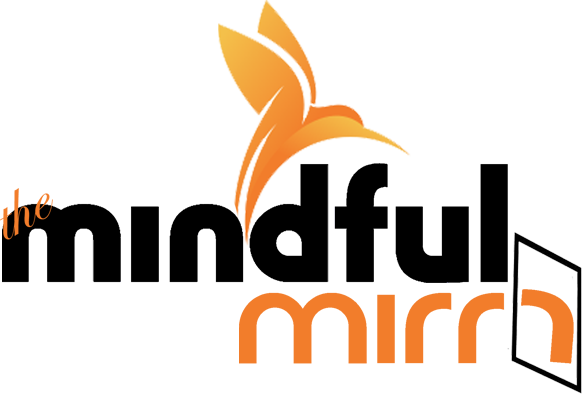Ontario’s education system stands as a beacon of excellence and inclusivity among global education frameworks. Rooted in a commitment to lifelong learning, it equips students not only with academic knowledge but also the critical thinking, collaboration, and adaptability skills essential for success in the 21st century.
Central to its approach is the interplay between curriculum standards, accountability measures, and targeted assessments—particularly through the focus on EQAO sample test.
Overview of Ontario’s Education System
Ontario’s education system is publicly funded and managed under the jurisdiction of the Ministry of Education. The system is divided into four publicly funded school boards:
- English Public
- English Catholic
- French Public
- French Catholic
Each board delivers education from Kindergarten to Grade 12, governed by the Education Act and guided by provincial curriculum expectations. Education in Ontario is compulsory from age 6 to 18, or until a student graduates with an Ontario Secondary School Diploma.
Key Features of the Ontario Education System3
- Curriculum-Based Learning
Ontario follows a rigorous, curriculum-driven approach to education, emphasizing literacy, numeracy, critical thinking, communication, and digital fluency.
- Inclusive and Equitable Practices
The Ontario education system promotes inclusive education through supports for students with special needs, English Language Learners (ELLs), and Indigenous students.
- Professional Teaching Standards
Teachers in Ontario are certified through the Ontario College of Teachers and must complete ongoing professional development to maintain their licenses and adapt to evolving educational standards.
- Pathways to Postsecondary Education
Ontario supports various pathways including academic, applied, and open streams in secondary school, providing flexibility for students to pursue apprenticeships, college, university, or directly enter the workforce.
Purpose of EQAO Testing
EQAO tests are not meant to rank students but to:
- Provide insight into how well students are meeting curriculum expectations.
- Help teachers tailor instruction to meet student needs.
- Allow schools and school boards to assess their programs and make improvements.
- Ensure public accountability and maintain educational standards.
- Identify achievement gaps across demographics to promote equity in learning.
Criticism and Reforms in EQAO Testing
While standardized testing has its benefits, it is not without controversy. Critics argue that EQAO:
- Promotes “teaching to the test”
- Adds unnecessary stress to students
- Doesn’t capture the full range of student abilities or creativity
In response, the Ontario government has implemented reforms to:
- Modernize assessments to be more reflective of 21st-century skills
- Incorporate digital testing platforms
- Increase emphasis on critical thinking and communication
- Offer accommodations and modified formats for diverse learners
Despite the criticisms, EQAO sample tests remain a valuable tool when used appropriately—as part of a balanced, student-centered approach to assessment.
How to Use EQAO Sample Tests Effectively
Here are some practical tips for students, parents, and teachers:
For Students:
- Start early: Don’t wait until the last minute to review sample questions.
- Time yourself: Mimic test conditions to improve time management.
- Analyze mistakes: Learn from incorrect answers to avoid repeating them.
- Use scoring guides: Compare your answers to rubrics and exemplars to improve open responses.
For Parents:
- Create a calm environment: Help reduce pressure by supporting rather than pushing.
- Review together: Discuss the questions and what’s being assessed.
- Encourage effort, not perfection: The goal is improvement, not stress.
For Teachers:
- Integrate sample questions into lessons: Use them as warm-ups or group activities.
- Focus on skill development: Use test content to teach core literacy and numeracy skills.
- Use data to differentiate: Customize instruction based on student responses.
The Broader Impact of EQAO on Ontario’s Education System
Beyond individual preparation, EQAO sample tests and formal assessments help shape broader educational decisions. The data collected influences:
- Curriculum development and revisions
- Professional development initiatives for teachers
- Funding decisions for underperforming schools
- Resource allocation for special education and equity programs
In this way, EQAO—and the sample tests that support it—are not just assessment tools but instruments of systemic improvement and educational equity.
Conclusion
Ontario’s education system stands as a model of inclusivity, academic rigor, and public accountability. At its core is a commitment to student success—an effort that includes quality teaching, equitable access to resources, and reliable assessment practices.
EQAO sample tests are more than just practice tools. They are integral to the learning process, helping students build confidence, improve their skills, and achieve academic goals. For teachers and parents, they offer valuable insight into student progress and support more personalized, effective instruction.





